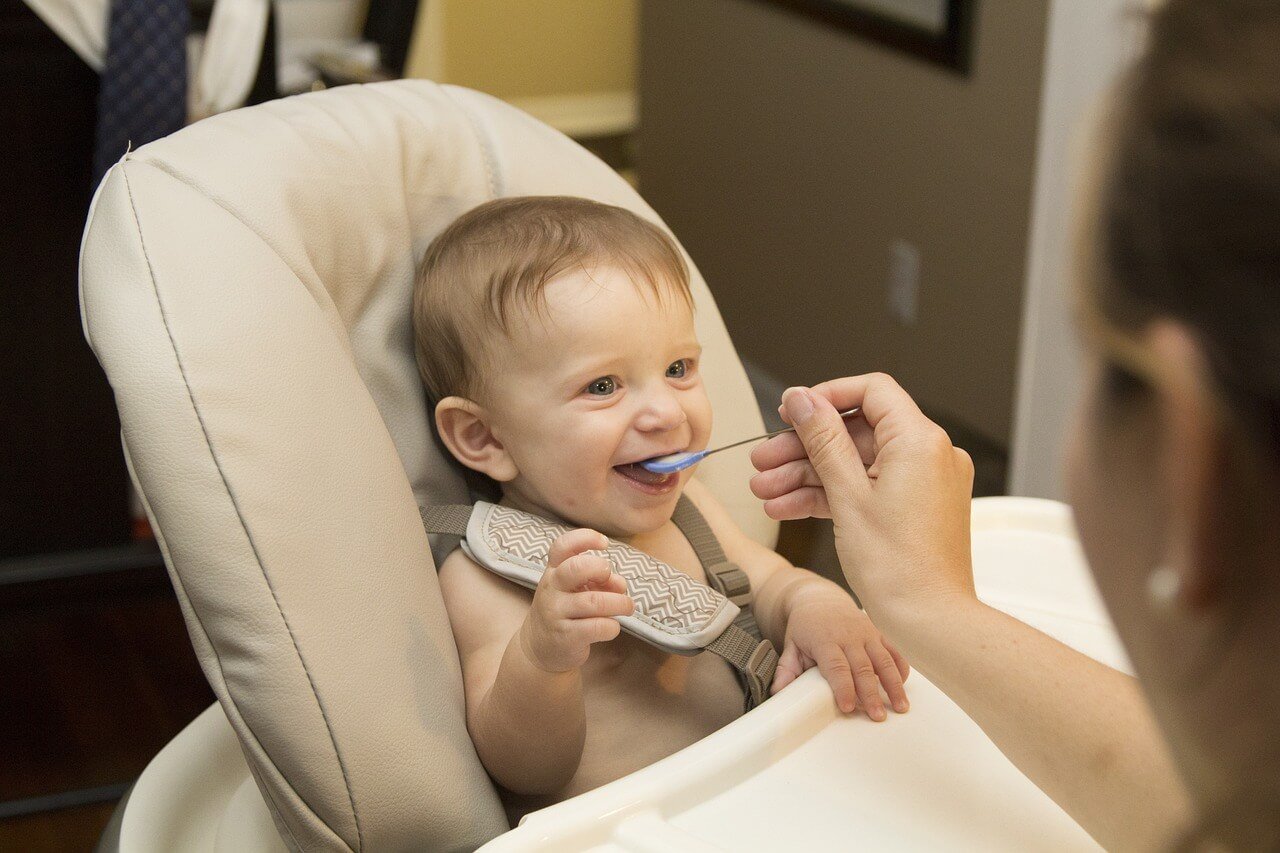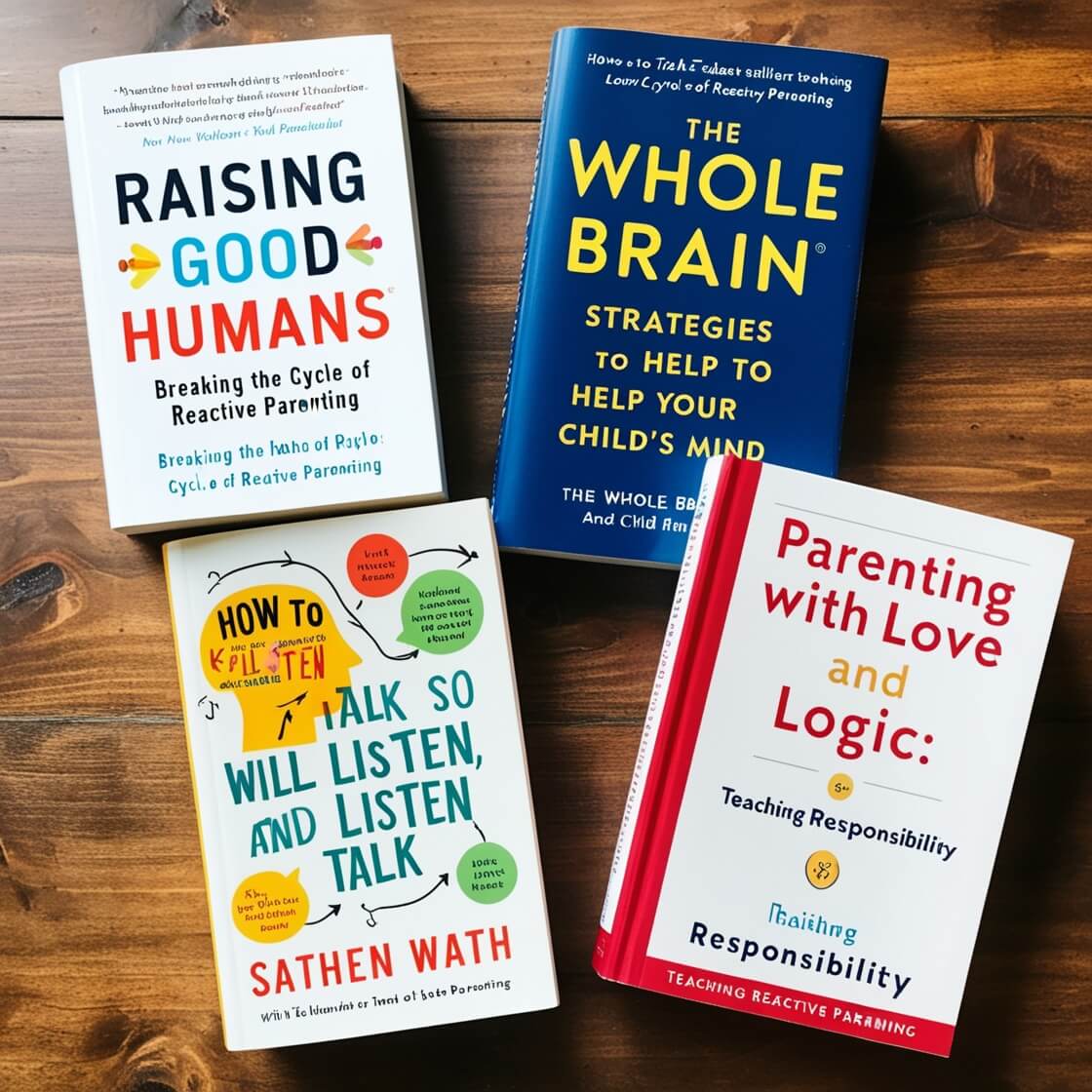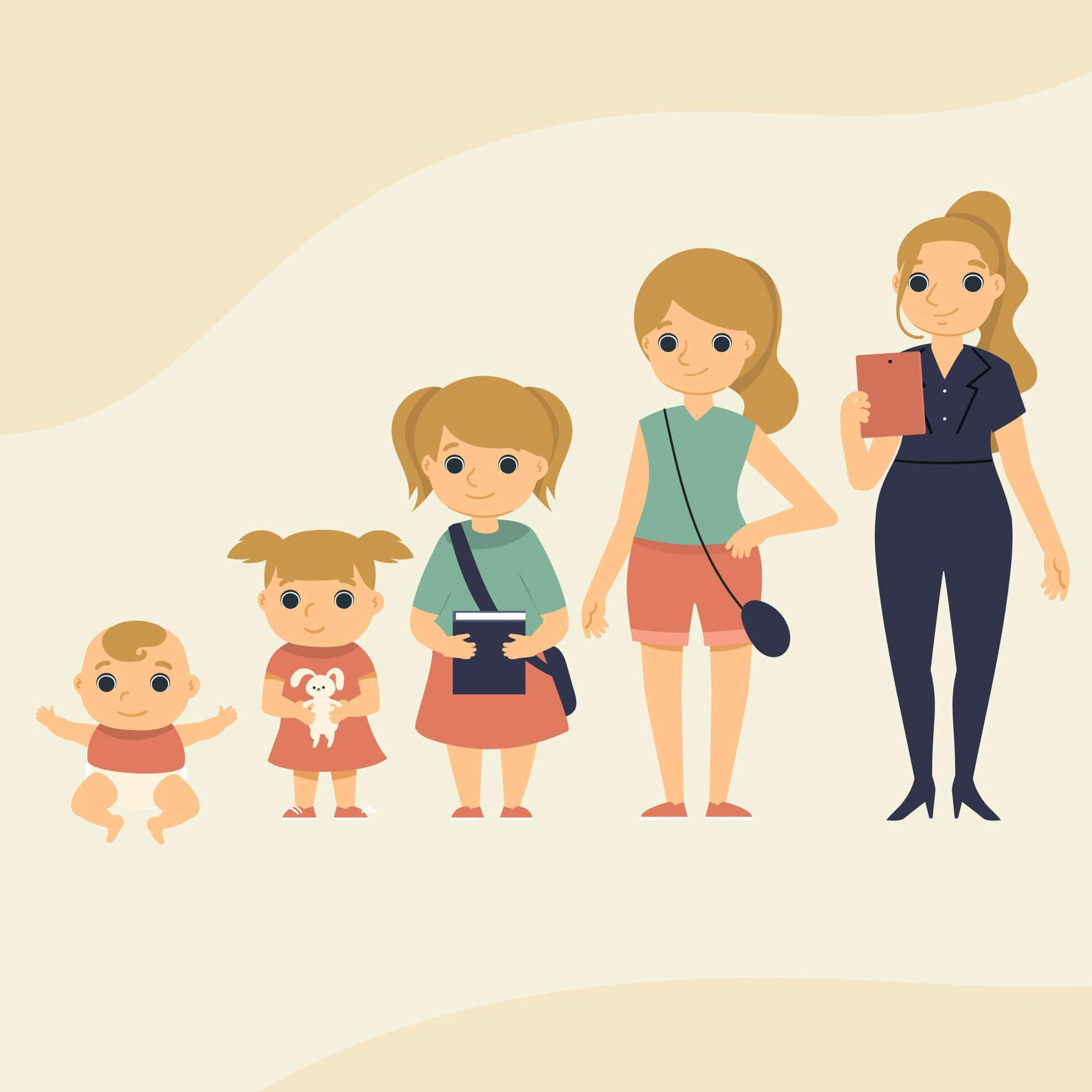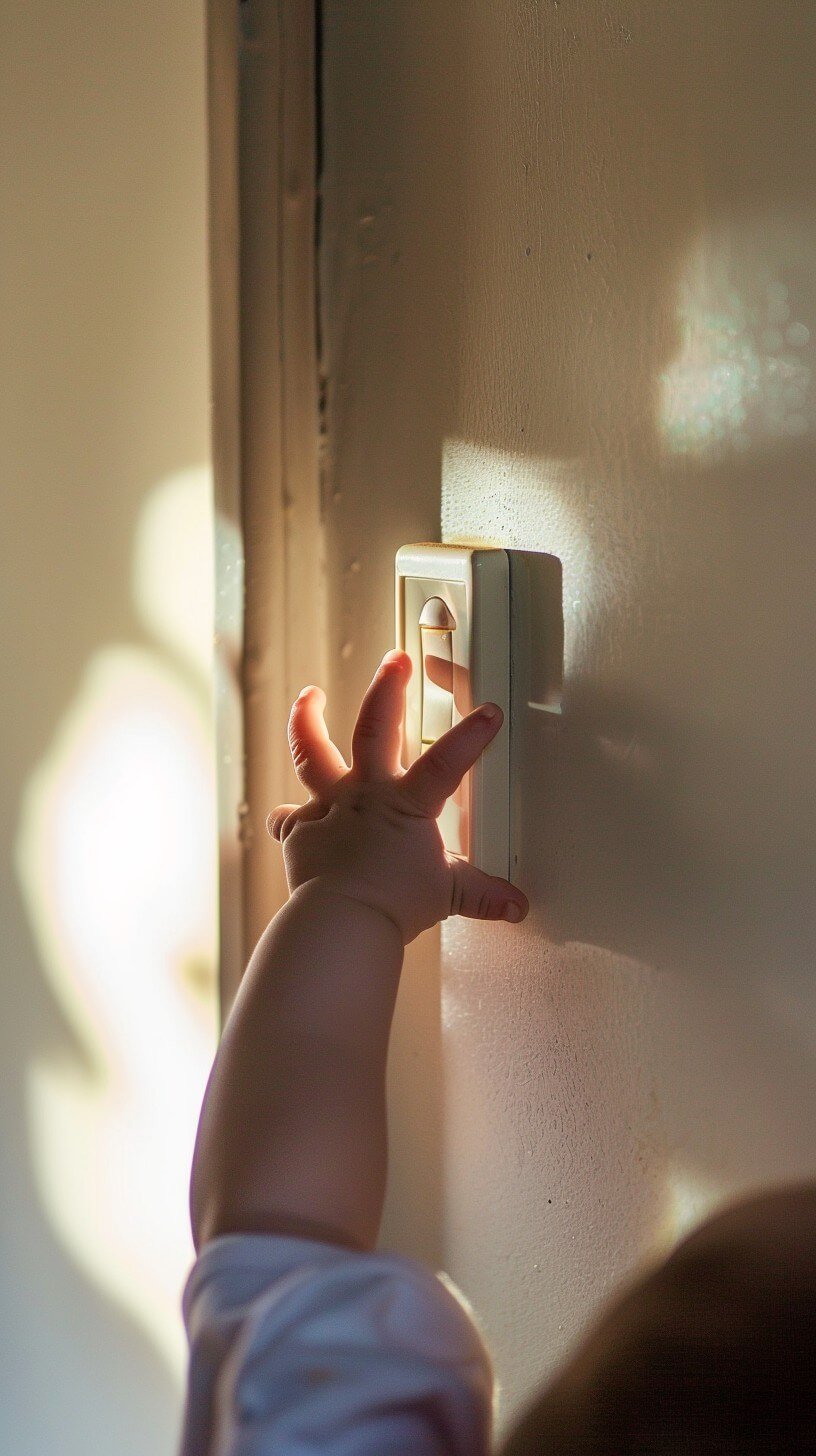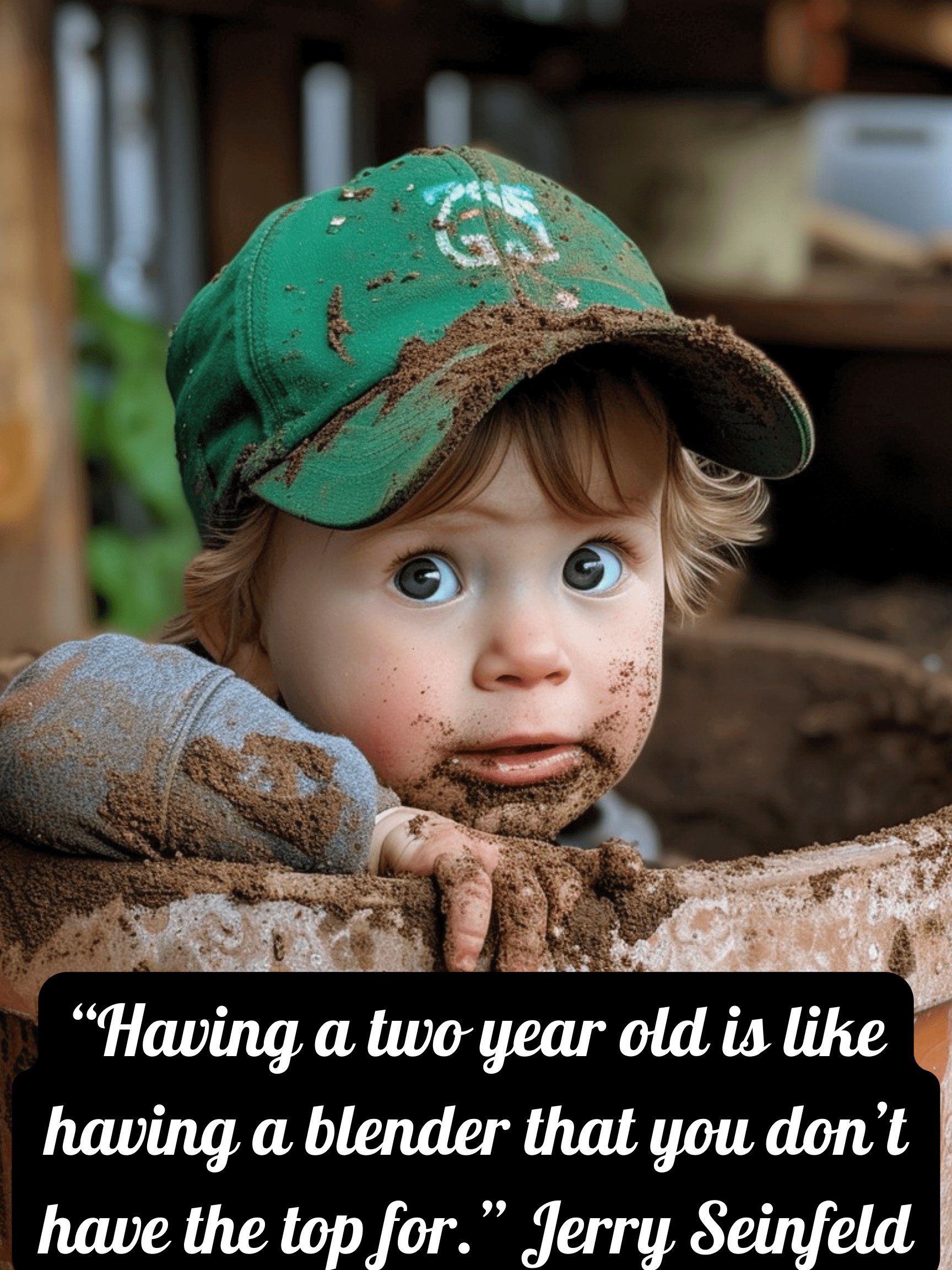Separation Anxiety Disorder in Babies and Children
Separation anxiety is a natural and healthy part of development for babies and young children. But when does this natural fear of being apart from a parent become what is known as separation anxiety disorder?
What is Separation Anxiety Disorder?
 Little girl crying because her mommy had to go to work.
Little girl crying because her mommy had to go to work.Separation Anxiety Disorder (SAD) is characterized by excessive fear or anxiety about being separated from home or from those to whom your child is attached.
It's normal for young children to experience separation anxiety, particularly between the ages of 6 months and 3 years.
SAD goes beyond typical developmental phases, it’s intense feeling for you can interfere with their daily activities.
How Separation Anxiety Disorder Affects Kids?
SAD can affect children both emotionally and physically. Here are some common symptoms:
- Excessive Worry: Children with SAD may worry intensely about losing their parents or something bad happening to them.
- Refusal to Go to School: Fear of separation can lead to school refusal or difficulty staying in school.
- Physical Complaints: Headaches, stomachaches, and other physical symptoms often accompany anxiety.
- Clinginess: Children may cling to their parents and resist being left alone or with others.
- Sleep Disturbances: Fear of being alone at night can lead to difficulties falling asleep or staying asleep.
- Nightmares: Children may experience nightmares about separation or some type of harm happening to their loved ones.
- Emotional Outbursts: Tantrums, crying, and extreme distress can occur when separation is anticipated or happens.
These symptoms are similar to those of just separation anxiety, however, with SAD, the symptoms a much more severe.
Impact on Daily Life
The effects of SAD can be critical, impacting not only the child but the entire family. Here’s how:
- Academic Performance: School avoidance and difficulty concentrating can hinder academic success.
- Social Interactions: Fear of being away from parents can limit social activities and peer interactions.
- Family Stress: Parents may experience stress and guilt, and family routines may be disrupted.
- Parental Work: Parents might have to miss work or leave early to comfort their child, affecting their job performance.
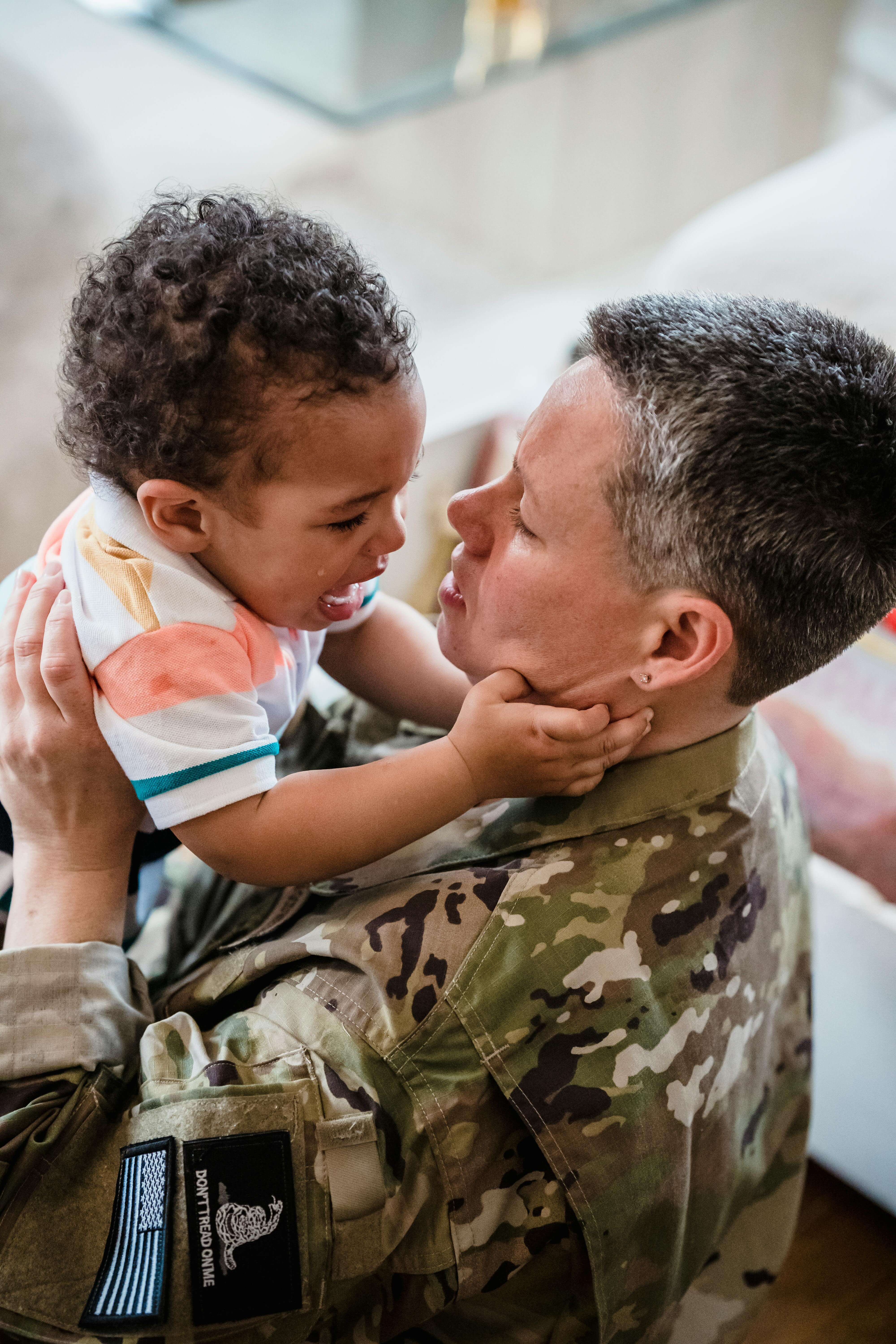 Mommy is in the military and muct leave now. Toddler son is holding onto her face, crying, doesn't want her to go.
Mommy is in the military and muct leave now. Toddler son is holding onto her face, crying, doesn't want her to go.Causes of Separation Anxiety Disorder
The exact cause of SAD isn't entirely understood, but a combination of genetic, environmental, and psychological factors may contribute.
Here are some possible causes:
Genetics: If anxiety disorders are a common occurrence in either you or your spouses families, the risk is increased.
Temperament: Children who are naturally more anxious or have difficulty adapting to new situations may be more prone to SAD.
Environmental Factors: Major life changes, such as moving to a new home, starting a new school, or a death in the family, can trigger SAD.
- Parenting Style: Overprotective or anxious parenting can contribute to the development of SAD.
Diagnosing Separation Anxiety Disorder
If you suspect your child has SAD, it’s important to seek a professional evaluation. Diagnosis typically involves:
- Clinical Interview: A mental health professional will discuss your child's symptoms and history.
- Questionnaires: Standardized questionnaires and rating scales may be used to assess the severity of anxiety.
- Observation: Sometimes, seeing your child in different settings can provide you with valuable insights.
Treatment Options
The good news is that SAD is treatable. Some effective treatment options may include:
- Cognitive Behavioral Therapy (CBT): Children identify and manage their anxiety by learning to change their thought patterns and behaviors.
- Family Therapy: Involving the entire family can help address underlying issues and improve communication.
- Medication: In some cases, medication may be prescribed to manage severe anxiety symptoms.
- Parent Training: Teaching parents strategies to support their child and manage their own stress can be beneficial.
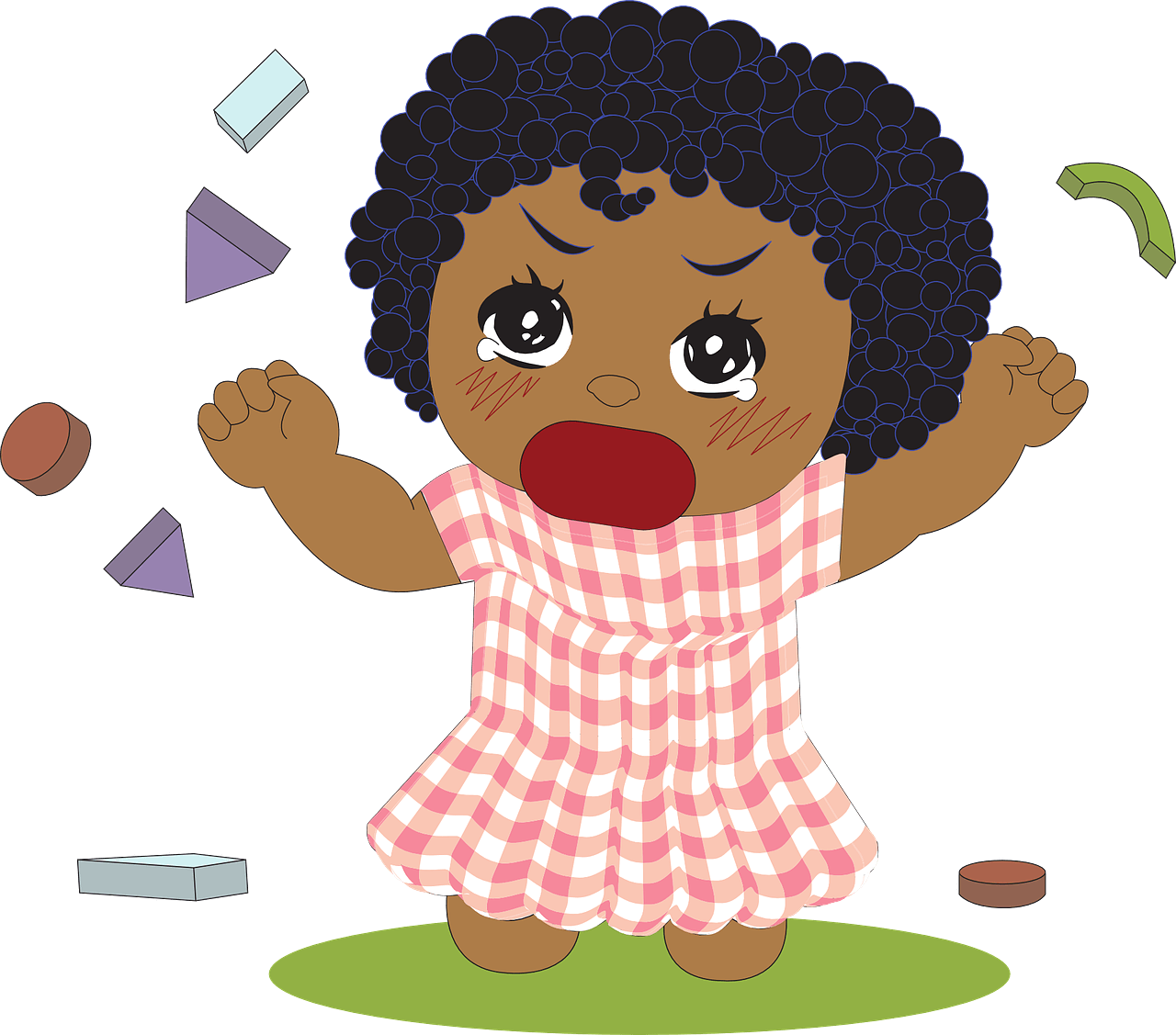 Young girl is angry and crying, she does not want to be left behind.
Young girl is angry and crying, she does not want to be left behind.Practical Tips for Parents
Supporting a child with SAD can be challenging, but here are some practical tips to help:
Establish Routines: Consistent routines can provide a sense of security and predictability.
- Gradual Separation: In the beginning make your separations brief and then little by little increase the time you spend apart from your child.
- Stay Positive and Calm: Somehow, children are able to pick up on your anxiety. Stay calm and reassure your child.
- Practice Goodbye Rituals: When you need to leave your child with someone else, make it easier for them by creating a special goodbye routine.
- Encourage Independence: Provide opportunities for your child to play and engage in activities independently.
When to Seek Help
If your child’s anxiety seems excessive, lasts longer than a few weeks, or interferes with their daily life, it’s time to seek professional help.
In order to make an improvement to your child’s quality of life, you should intervene as early as possible.
Have a Support System
It’s important that you have a strong support system for both you and your child. Here’s how to build one:
- Communicate with Teachers: Keep your child’s teachers informed about their anxiety and work together to create a supportive environment.
- Connect with Support Groups: Get some valuable support and advice from other parents who are experiencing similar issues.
- Professional Support: Regular check-ins with a mental health professional can help monitor progress and make necessary adjustments to the treatment plan.
With the right support and strategies, children with separation anxiety disorder can easily overcome their fears.
As a parent, understanding SAD and knowing how to support your child is the first step towards helping them feel secure and confident.
When you ask others for help, it is a sign of strength not weakness. With time and patience, your child will learn to manage their anxiety.

